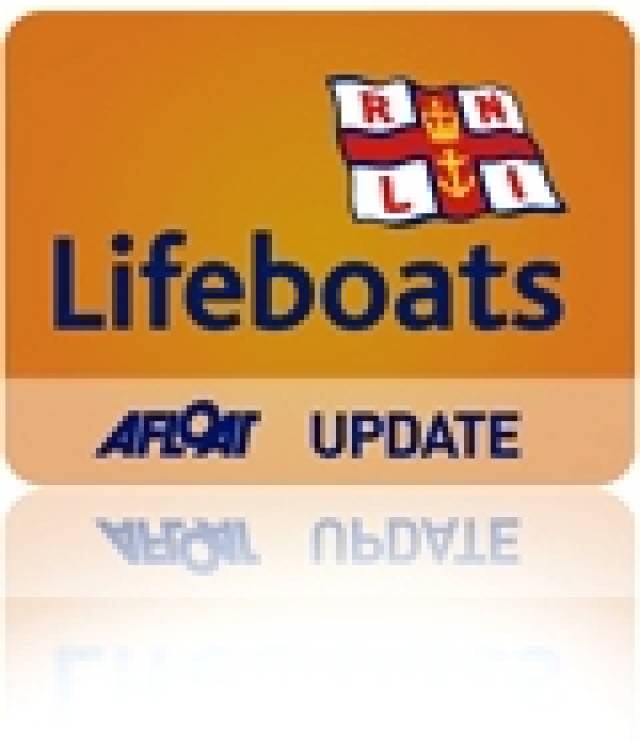#RNLI - Portaferry RNLI responded to a mayday call about a converted fishing trawler at Ringhaddy Sound in Strangford Lough on Saturday night (24 August).
The alarm was raised by the crew of a nearby yacht who reported two men and two women on board an 80ft converted trawler, which had lost all power and was taking on water.
The Portaferry lifeboat crew launched before 8pm and were on the scene within 15 minutes. The sea at the time was calm with no wind and good visibility.
When the lifeboat arrived, one man and one woman had already transferred to the neighbouring yacht. The lifeboat crew then requested a salvage pump to help pump the water from the stricken boat.
A local vessel from Portaferry lent assistance by taking a pump to the lifeboat crew, and they met halfway between Portaferry and Ringhaddy.
With the assistance of the crew of the yacht who had called in the alert, the lifeboat manoeuvred the converted trawler onto the pontoons at Ringhaddy, and remained while the last of the water was pumped out and all four of its compliment were safely ashore.
Portaferry RNLI volunteer lifeboat operations manager Brian Bailie said: "We would like to pass on our thanks to everyone who helped bring this mayday call to a safe conclusion.
"The prompt actions of everyone involved resulted in a positive outcome and the volunteer RNLI crew for the second time in as many days helped to avert a potentially very serious situation."
Meanwhile, Donaghadee RNLI also launched on Saturday to go to the aid of a 17ft powerboat with four men on board that had run out of fuel off the Copeland Islands.
Belfast Coastguard received a call from the men shortly after 5pm and requested the lifeboat to launch.
The all-weather lifeboat crew, under second coxswain John Ashwood, located the vessel quickly and the decision was made to tow the casualty back to Donaghadee harbour. All returned safely shortly after 5.45pm.































































